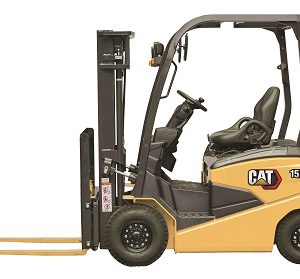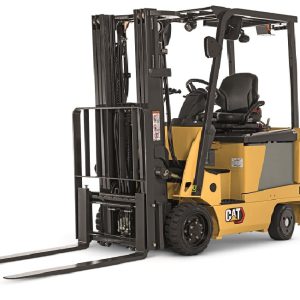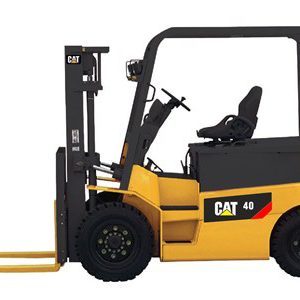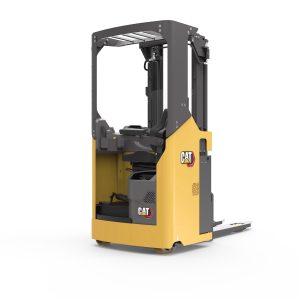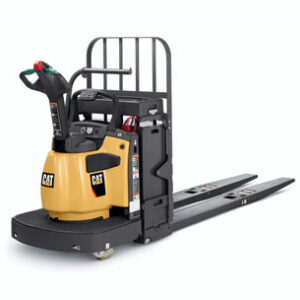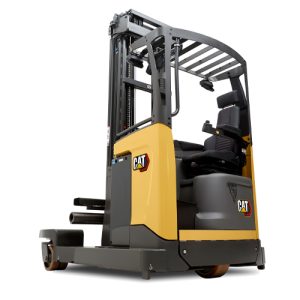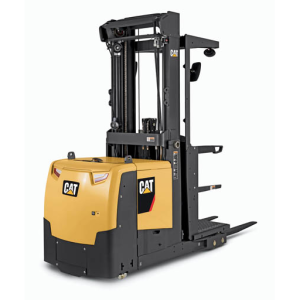
admin2023-07-10T14:37:46+08:00
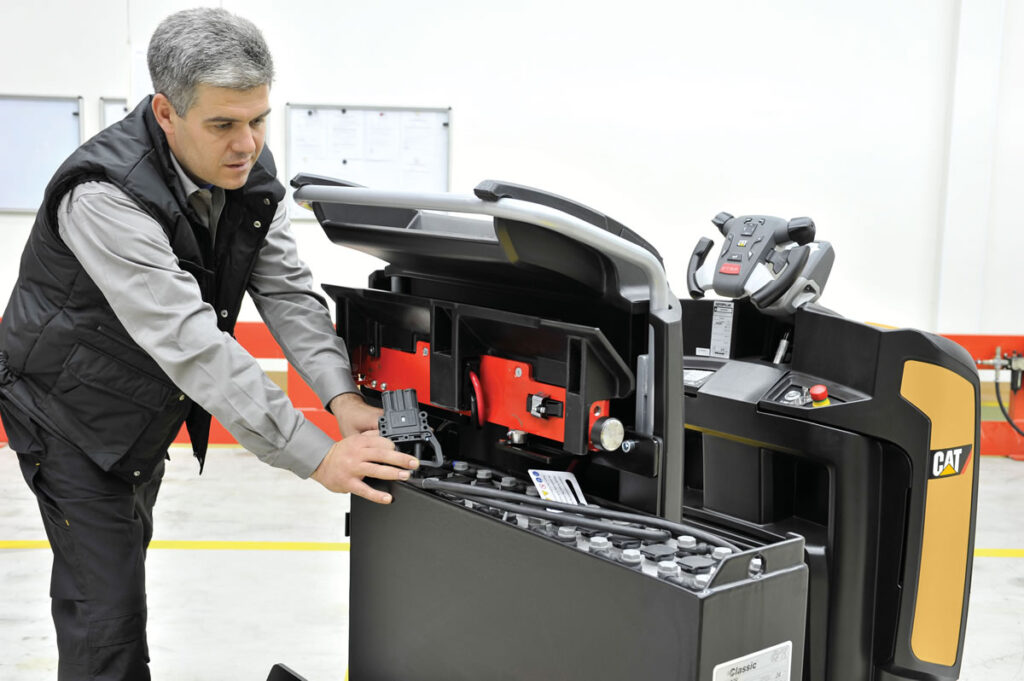
Top 10 tips for Lead-acid battery maintenance
02/11/2020
A good fork lift truck battery maintenance regime will maximise productivity, enhance site safety and help minimise fleet costs. So here is our top ten list of the everyday things fleet managers and operators can do to get the most out of lead-acid battery powered equipment.
- Monitor levels
Maintaining the correct battery fluid levels is an essential part of extracting the full performance potential from any battery. Levels should neither be too low nor too high – top up the cells so that the plates and separators are just covered by electrolyte. Battery manufacturers recommend that levels are regularly checked. Doing so will also help prevent premature damage or failure. Always make sure that only distilled, de-ionised water is used when topping-up any lead acid battery. - Top-up AFTER a charge and NOT before
As the water in batteries is critical to the transfer of energy, the introduction of fresh water must occur at the correct time during its charging cycle, which is after the battery has completed its charge and never before. Electrolyte expands when it gets warm so topping up before a charge can result in spillage of electrolyte. - Ensure battery and charger compatibility
There is an important difference between a charger that simply works and one that is specifically designed to correctly charge a given type and make of battery. Check with battery suppliers to confirm that the correct charging equipment is being used. Using incorrect chargers can be extremely dangerous, can damage batteries and may also compromise insurance cover. Always follow the charging procedure shown in your charger’s manual. - Allow batteries to fully charge
Batteries will always perform best after a full charge. Avoid the temptation to partially charge them, or to interrupt a charging cycle. Doing so could damage the battery permanently, reducing its capacity as well as potentially shortening its life. - Let batteries cool
A typical lead acid battery needs to be left for a good two hours to cool after every charge. Build this time into your charging schedule and make it a mandated part of your health and safety best practice. - Keep an eye on the BDI
Equipment operators should continually monitor the status shown on Battery Discharge Indicators. Batteries should ideally be recharged when their indicator shows around 25% charge remaining. Doing so will keep them in optimum condition and allow the battery to deliver its maximum capacity for longer. Newer machines are also programmed to cut out the hydraulic function when 80% discharge is reached, preventing lift, however drive functions remain unaffected. - Check Cables, plugs and chargers
Battery leads can be prone to damage or corrosion, as can plugs and chargers. Check all equipment and connections and report any frayed wires or worn insulation. A weekly visual inspection will help identify any issues before they can affect the operation of the machinery. - Use batteries evenly
When operating more than one battery, such as in multiple shift environments, make sure that they are all used and charged evenly. This will avoid the risk of any one battery being over-cycled, which could result in a decrease in performance and shortening of its useful life. Implementing Battery Monitoring System technology will keep operators informed of batteries’ status and ensure even use. - Keep lids clean
The lids of battery cells should always be kept clean and free from debris. Doing so will prevent potential earth leakage and any subsequent reduction in capacity. - Think safety!
Whenever working with batteries always wear suitable protective clothing and use appropriate safety equipment. Ensure spill kits and an eye wash station is located within your charging area. Remember to also provide good ventilation to all batteries and chargers when charging and keep battery compartment lids open if charging the battery in situ. And don’t forget to safely store the charge cables when not in use, this will avoid unnecessary damage as well as removing any potential trip hazards.
- Monitor levels
Source : https://impact-handling.com/knowledge-hub/impact-handlings-top-10-tips-lead-acid-battery-maintenance/


